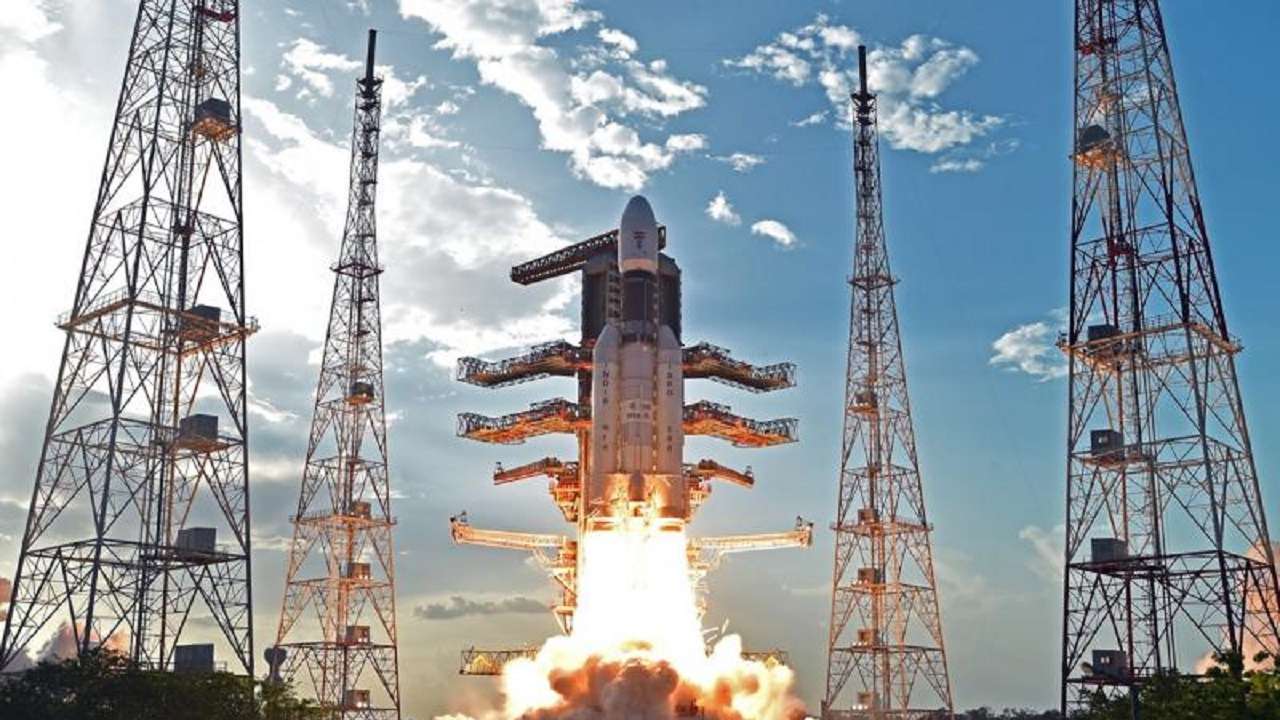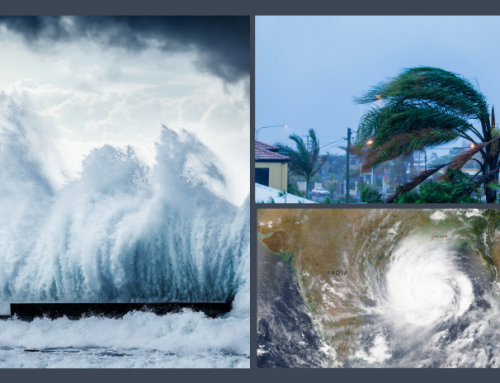Indian Space Research Organization, widely known as ISRO, has the capability to bounce back and prove as it did in the past. So with a vision to ‘harness space technology for national development’ ISRO has truly set sky-scraping standards for the rest of the world.
On the same note, it is also true that whenever we hear about ISRO what comes to our mind is- A space organization which deals with rockets and satellites. Also, when we come across this word in TV, newspapers, or website is only when there is a rocket or satellite launch.
Gone are those times. As things have started taking a new turn in Indian Space Research Organization, it has finally opened its doors towards reaching masses and aspirants, so that they can realize their dream on Indian soil itself.
Continuing with the same spirits and thumping success, ISRO is all set to launch its Chandrayaan-2 mission on July 15, 2019. It is entitled to be the most complex mission and to know why? Let’s spur up with some insights which have directly come from the chambers of Mr. K Sivan the ISRO chairman.
Apart from science the most defining act ISRO has done is that it has engraved Ashoka Chakra on one wheel of Rover and the ISRO logo on the other, while the Lander will have a small tricolor too. Moreover, these national footprints will be there on the moon for centuries together.
Here we launch;
• Firstly this is nearly a massive 1,000 crore project to be undertaken. Which is going to take 50 days to accomplish. As the Lander named after the father Indian Space Program Vikram Sarabhai will touch down on a rough lunar surface in the final descent which K Sivan quotes ” would be the most breathtaking moments not only for people from ISRO but for entire India because the space agency has never undertaken such type of complicated flight.
• The launch will start its countdown at 2.51 am on board the GSLV MK-III vehicle which costs around Rs 375 crore. The heaviest rocket built by ISRO, from the spaceport of Sriharikota in Andhra Pradesh.
Well, this was all about the mission of Chandrayaan-2 in a concise way. It would be more interesting to know further about it as the second part of this content is going to be engulfed mentioning its process and days it will take to land on the south pole.
- Holding a mass of 3.8 tonnes, the spacecraft, has three modules – Orbiter, Lander, and Rover (Pragyan).
- The Orbiter will be orbiting around the moon in 100 km orbit,
- Once released by the rocket the module will move in an elliptical orbit around the earth for around 16 days when five orbit raising maneuvers will be conducted and then it will spend five days to reach the moon’s orbit in about 20-21 days till then it will be August 5/6.
- After that, the integrated module will remain in the lunar orbit for 27 days before the Lander named Vikram gets separated which will house Rover Pragyan, will sit on top of the Orbiter once the Lander is 30 km from the moon, this touchdown descent is what is considered to be the terrifying moment. However, the ISRO chief is confident that there would be no signs of panic be seen because they have left no stones unturned to make it a successful one.
Moreover, Chandrayaan-1 had 11 payloads –five from India, three from Europe, two from the US and one from Bulgaria — and the mission had the credit for the discovery of water on the lunar surface.
The Chandrayaan-2 is an advanced version of the previous Chandrayaan-1 mission, which was launched about ten years ago. Also, it will carry 13 Indian payloads (8 on Orbiter, three on Lander and two on Rover) and one passive experiment from NASA.
- Finally these scientific payloads on board Orbiter, Lander and Rover are expected to perform mineralogical and elemental studies of the lunar surface.
Final Thoughts
To end up the Chandrayaan 2 mission in words would be an eternal topic, but ending it on a note of pride seems to be an entirely satisfying one. As this Soft-landing on the south pole of the moon is a territory that has never been visited by any spacecraft and is considered to be the most challenging part of the mission. Also, ISRO has accepted these challenges by implementing some of the innovative and brilliant minds which will be steered by two women- M Vanitha as Project Director and Ritu Karidhal as Mission Director.
Adding more to it, the chairman added” If all goes well, India would be the fourth country after the US, Russia, and China to perform a soft landing on the moon and put a rover on it.
Wouldn’t it be a pride of moment for the nation? Undoubtedly it has to be! As it is a testimony in itself which proclaims diligence, a commitment which our scientists put in together and no wonder that rocket launch is a celebration and a privilege to be a part of.
Let’s join in together and wish all the ISRO members good luck as they are striving sweat hard to make the Chandrayaan – 2 mission a successful one and dig in our tricolor on the south pole.




